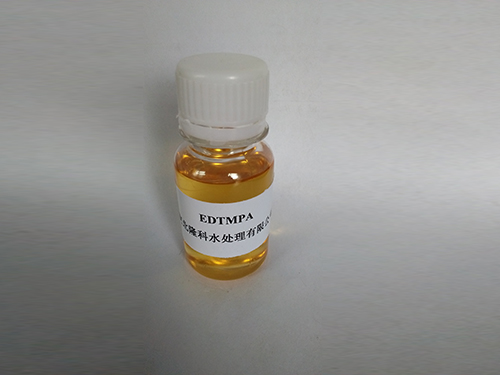poly aluminium chloride in wastewater treatment
Poly Aluminium Chloride in Wastewater Treatment An Overview
Wastewater management is a critical component of public health and environmental sustainability. As urban populations grow and industrial activities expand, the demand for efficient treatment methods becomes increasingly essential. Among the various chemicals used in the treatment processes, Poly Aluminium Chloride (PAC) has gained prominence due to its effectiveness as a coagulant. This article delves into the role of PAC in wastewater treatment, its advantages, and its applications.
What is Poly Aluminium Chloride?
Poly Aluminium Chloride is an inorganic polymer that is water-soluble and primarily used as a coagulant in the treatment of drinking water and wastewater. It is produced by the chemical reaction of aluminium hydroxide with hydrochloric acid, resulting in a product that contains a high proportion of aluminium ions. This unique composition contributes to its efficacy in coagulating suspended particles in water, leading to more efficient solids removal.
The Coagulation Process
In wastewater treatment, the coagulation process is fundamental. It involves the aggregation of finer suspended particles into larger flocs, which can then be removed more easily from the water. The mechanism by which PAC operates is through charge neutralization and bridging of particles. When PAC is added to contaminated water, the positively charged aluminium ions neutralize the negatively charged particles, allowing them to clump together. These larger aggregates can then be settled out or removed through filtration.
Advantages of Using PAC
1. High Efficiency PAC is known for its high coagulation efficiency compared to traditional coagulants like alum (aluminium sulfate). It works effectively across a wide range of pH levels, making it versatile for various wastewater types.
2. Lower Dosage Requirements Due to its high charge density, PAC often requires a lower dosage than alum to achieve similar treatment results. This can lead to cost savings in terms of chemical procurement and dosing management.
3. Reduced Sludge Production One of the significant advantages of PAC is the reduction in sludge volume compared to alum. This is crucial for wastewater treatment facilities, as less sludge produced means lower disposal costs and a lesser environmental footprint.
poly aluminium chloride in wastewater treatment

4. Improved Water Quality The use of PAC can lead to enhanced clarity of treated water. By effectively removing turbidity, organic matter, and heavy metals, PAC helps in producing water that meets safety standards for discharge or reuse.
Applications of PAC in Wastewater Treatment
PAC is widely used in several wastewater treatment scenarios, including
- Municipal Wastewater Treatment In municipal plants, PAC serves as a primary coagulant in the removal of suspended solids, phosphates, and other pollutants from sewage, improving overall water quality.
- Industrial Effluent Treatment Many industries generate wastewater with high levels of contaminants. PAC is effective in treating effluents from textile, paper, oil, and food processing industries, where it aids in the removal of dyes, oils, and organic compounds.
- Stormwater Management In situations where stormwater runoff is a concern, PAC can be utilized in treatment systems to reduce the pollutant load before it enters natural water bodies.
Environmental Considerations
While PAC is effective and efficient, it is essential to consider the environmental implications of its use. The introduction of aluminium into the environment needs careful management, especially concerning aquatic ecosystems. The proper dosing and management strategies are crucial to mitigate potential adverse effects.
Conclusion
Poly Aluminium Chloride has emerged as a significant player in the field of wastewater treatment, offering numerous advantages over traditional coagulants. Its efficiency, cost-effectiveness, and ability to improve water quality make it a preferred choice for many treatment facilities around the world. However, as with any chemical, responsible management and comprehensive understanding are imperative to maximize its benefits while minimizing environmental impact. As water scarcity concerns grow and regulations tighten, the role of PAC and similar advances in treatment technology will undoubtedly be pivotal in ensuring sustainable water resource management in the future.
-
Water Treatment with Flocculant Water TreatmentNewsJun.12,2025
-
Polymaleic AnhydrideNewsJun.12,2025
-
Polyaspartic AcidNewsJun.12,2025
-
Enhance Industrial Processes with IsothiazolinonesNewsJun.12,2025
-
Enhance Industrial Processes with PBTCA SolutionsNewsJun.12,2025
-
Dodecyldimethylbenzylammonium Chloride SolutionsNewsJun.12,2025





